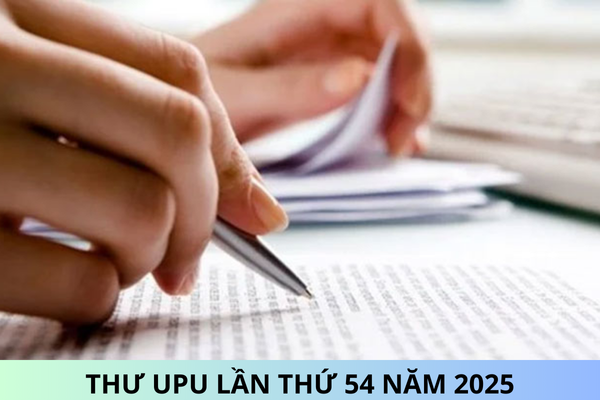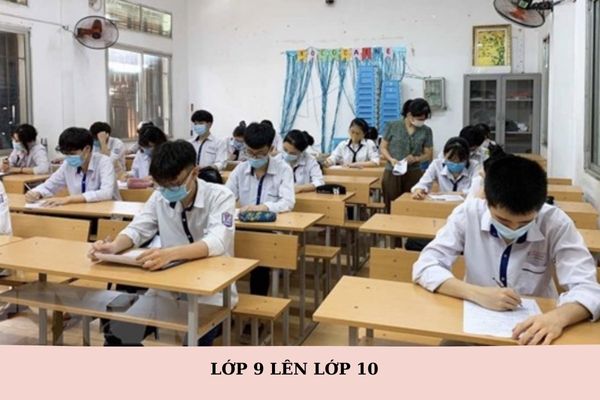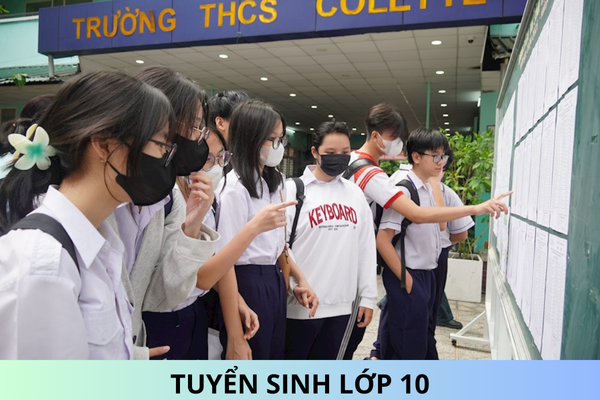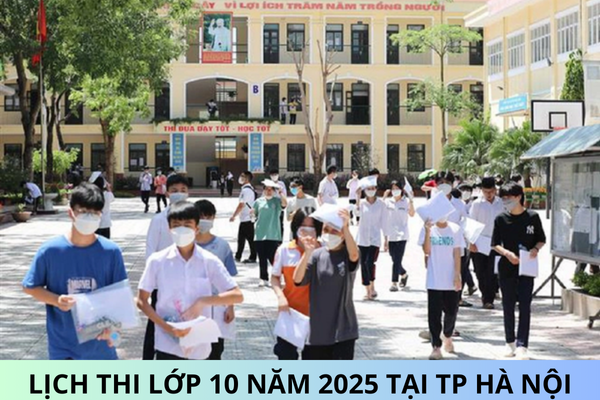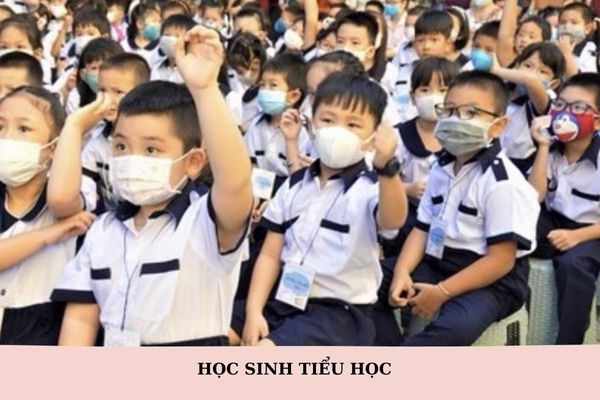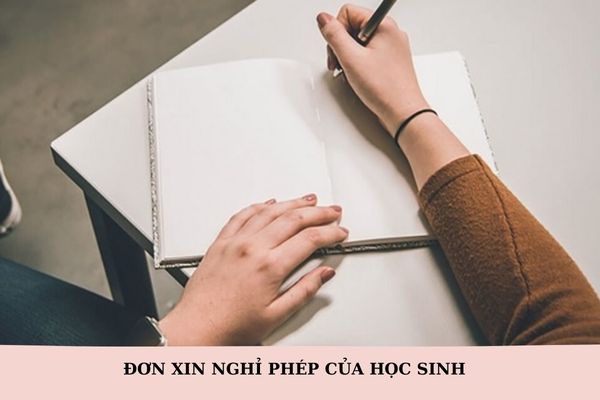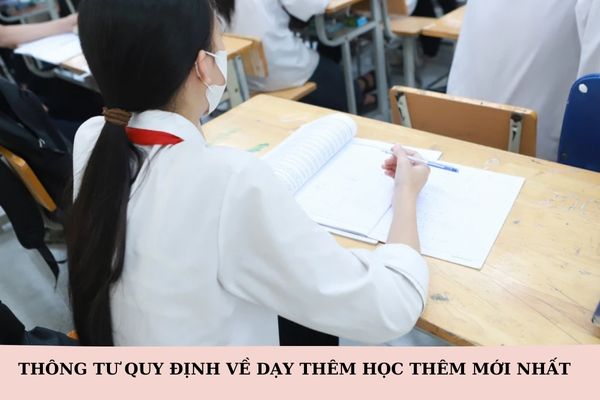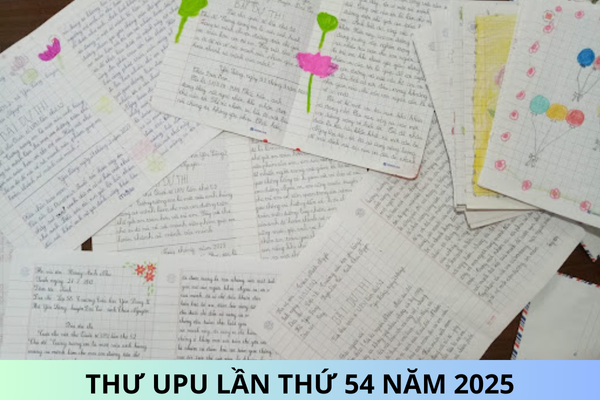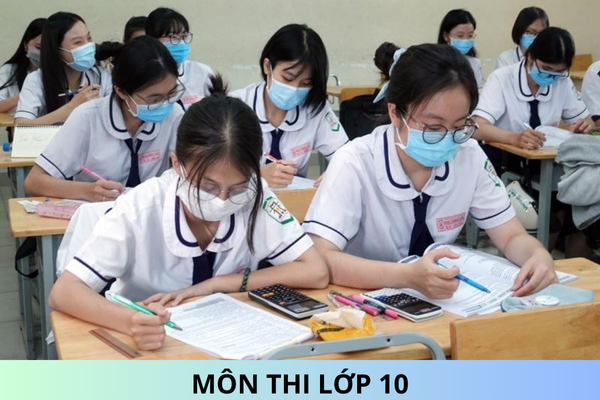What are regulations on orientation on methods of teaching reading Vietnamese in the Literacy Elimination Program in Vietnam?
What are regulations on orientation on methods of teaching reading Vietnamese in the Literacy Elimination Program in Vietnam? What are regulations on orientation on methods of teaching writing Vietnamese in the Literacy Elimination Program in Vietnam? What are regulations on orientation on methods of teaching speaking and listening Vietnamese in the Literacy Elimination Program in Vietnam?
Thank you!
What are regulations on orientation on methods of teaching reading Vietnamese in the Literacy Elimination Program in Vietnam?
Pursuant to Subsection 1.2.a, Section IV, Part Two of the Literacy Elimination Program issued together with Circular 33/2021/TT-BGDĐT stipulating orientation on methods of teaching reading Vietnamese in the Literacy Elimination Program in Vietnam as follows:
The main purpose of teaching reading is to help students learn to read and read texts themselves; through which fostering and educating the quality and personality of students. Reading objects include literary texts, argumentative texts and informational texts. Each type of text has its own characteristics, so it is necessary to have an appropriate way to teach reading comprehension.
- Teaching reading comprehension in general: Ask students to read the entire text directly, paying attention to observe the formal elements of the text, thereby getting a general impression and summarizing the main content of the text. ; organize for students to search, discover, analyze and deduce the meaning of key information in the text; guide students to relate and compare texts, connect texts with historical, cultural, and social contexts, connect texts with students' personal experiences, etc. to understand the value of texts, know how to apply and transform those values into beliefs and behaviors of individuals in daily life.
- Teaching reading comprehension of literary texts: Literary texts are also a type of text, so teaching reading comprehension of literary texts also needs to adhere to the way of reading comprehension in general. However, literary texts have their own characteristics, so teachers organize for students to learn and decipher literary texts according to a process suitable to the characteristics of artistic texts.
The method of teaching reading must focus on activating proactive and creative reading in the reader. Guide and encourage students to be proactive and confident in receiving works; know how to compare and contrast, make extensive connections, mobilize personal knowledge, use their own life experiences to read and understand, experience literature, discover ethical, cultural and philosophical values human life, thereby knowing how to apply and transform it into living values. When teaching reading comprehension, teachers have suggestions, but do not substitute their own analysis and commentary for students' thoughts; Avoid reading and copying and limit machine memorization. Using a variety of question types at different levels to carry out differentiated teaching and guide students to read texts and develop reading skills.
Depending on the audience at each stage and genre of the literary text, appropriate methods, techniques and forms of teaching reading comprehension such as: role-playing, story-telling, role-playing to solve solve a situation, use questions, guide notes in the reading process with note cards, study sheets, reading diaries, organize for students to discuss the text, etc. Some other teaching methods such as conversation, question and answer, lecture, problem-solving, etc. should also be applied appropriately according to the requirements of development capacity for students.
What are regulations on orientation on methods of teaching writing Vietnamese in the Literacy Elimination Program in Vietnam?
Pursuant to Subsection 1.2.b, Section IV, Part Two of the Literacy Elimination Program issued together with Circular 33/2021/TT-BGDĐT stipulating orientation on methods of teaching writing Vietnamese in the Literacy Elimination Program in Vietnam as follows:
The purpose of teaching writing is to train students' thinking and writing, thereby educating the quality and developing the personality of students. Therefore, when teaching writing, teachers focus on generating ideas and knowing how to present ideas in a coherent, creative and persuasive manner.
Teachers focus on the requirement to guide students through the steps of creating texts, practicing writing according to the steps and characteristics of text styles. Through practice, teachers guide students to analyze texts in reading comprehension and supplementary texts to understand the characteristics of text types and the process of creating texts; using questions to help students determine the purpose and content of writing; introduce resources, guide how to find ideas and outline outlines; guide students to write texts; self-edit and exchange based on the article evaluation criteria.
The content of teaching writing has two requirements: teaching writing techniques and teaching writing paragraphs and texts. Teaching writing techniques (writing practice, spelling) mainly uses the model practice method. Teaching writing paragraphs and essays flexibly, can use methods such as model training, questioning, group discussion, creative writing, etc.
Teachers use methods such as sample analysis, asking questions, raising problems, suggesting, etc. to guide students in forming outlines, choosing how to deploy and express themselves; organize for students to practice writing texts, can write each part: introduction, conclusion, one or several paragraphs in the body.
Organization of teaching writing paragraphs and essays usually includes main activities such as: stating the tasks that students need to perform; ask participants to work individually, in pairs or in groups; organize presentation of work results, discuss assigned tasks and draw lessons themselves; comment, etc; After writing, students should have the opportunity to speak and present what they have written.
What are regulations on orientation on methods of teaching speaking and listening Vietnamese in the Literacy Elimination Program in Vietnam?
Pursuant to Subsection 1.2.c, Section IV, Part Two of the Literacy Elimination Program issued together with Circular 33/2021/TT-BGDĐT stipulating orientation on methods of teaching speaking and listening Vietnamese in the Literacy Elimination Program in Vietnam as follows:
The purpose of teaching speaking and listening is to help students be able to express themselves clearly and confidently in spoken language; have the ability to understand correctly; respecting speakers and listeners; Have a suitable attitude in exchange and discussion. Teaching speaking and listening not only develops communication ability but also educates students' quality and personality.
In teaching speaking, teachers organize for students to practice; instructions on how and the process of preparing a presentation and presenting it to groups, groups or classes; ways and procedures to prepare a discussion or debate and how to participate in a discussion or debate.
In teaching listening, teachers guide students on how to grasp the listening content, how to understand and evaluate the views and intentions of the speaker; how to check for unknown information; have a positive listening attitude and respect for speakers, respect for different opinions; cooperative way, solve problems with a positive attitude.
For interactive speaking and listening skills, teachers guide students to listen and ask questions to understand the listening content, to speak in turn in a conversation, to know how to use other audio-visual media to support oral presentation.
Listening and speaking practice is the main activity to practice listening and speaking skills for students. To create conditions for all students to practice speaking, teachers are flexible in organizing learning activities such as: asking pairs of students to speak to each other or students to present their speech in front of groups or classes; organize discussions and debates, thereby understanding the interactive nature of spoken language and forming a positive and cooperative attitude when exchanging, discussing and having the ability to solve problems through discussing; divide into groups, listen to comments, draw experiences based on specific instructions on assessment criteria provided by teachers.
Best regards!
